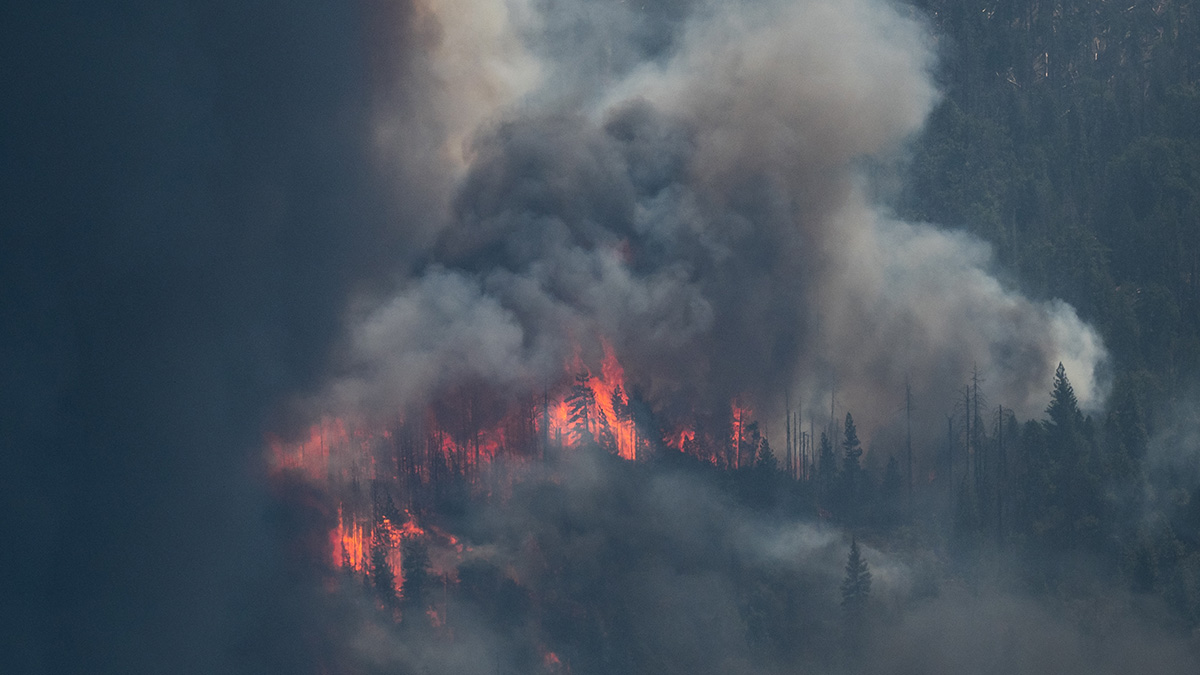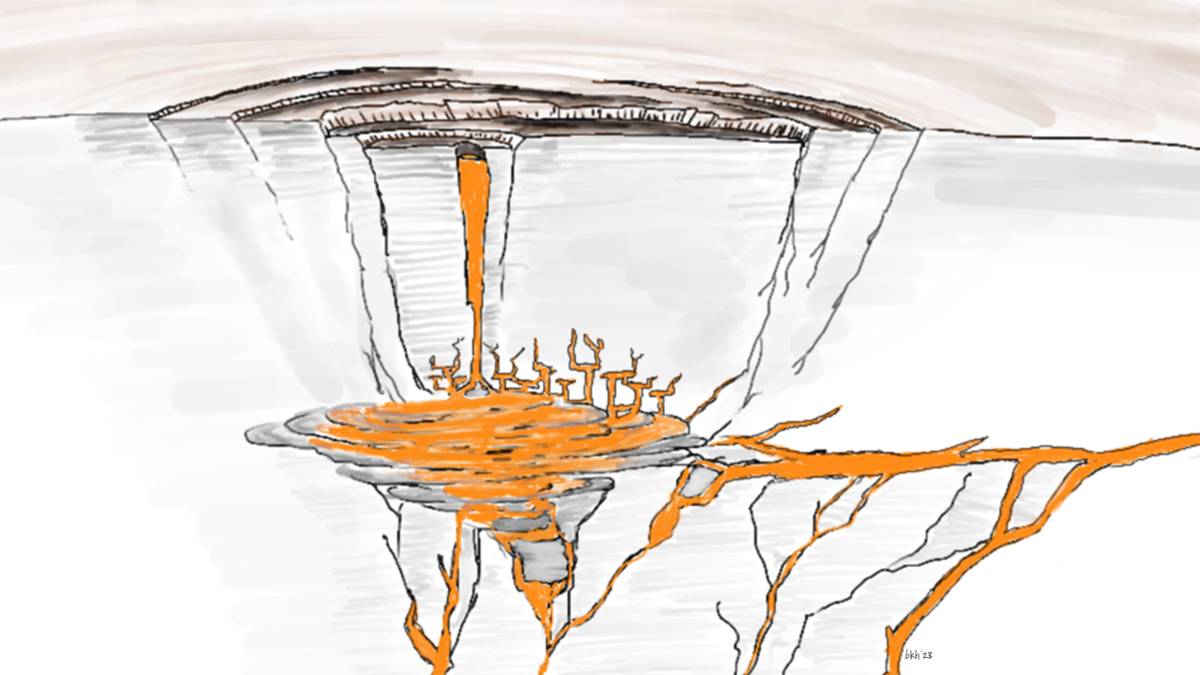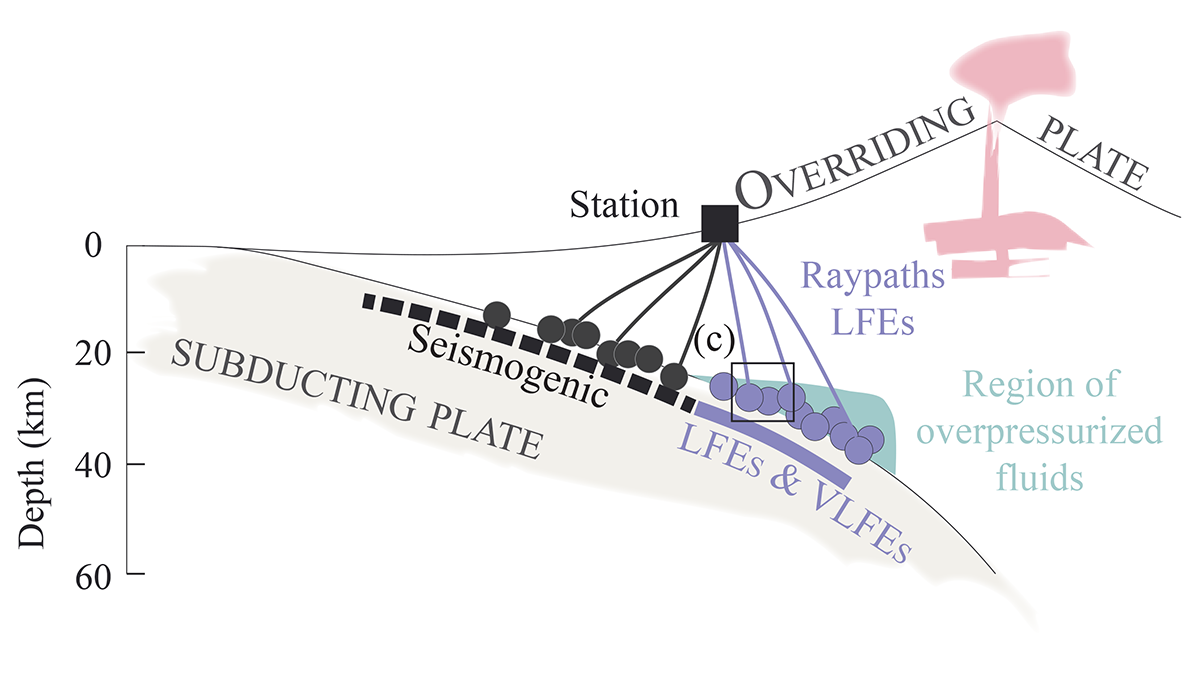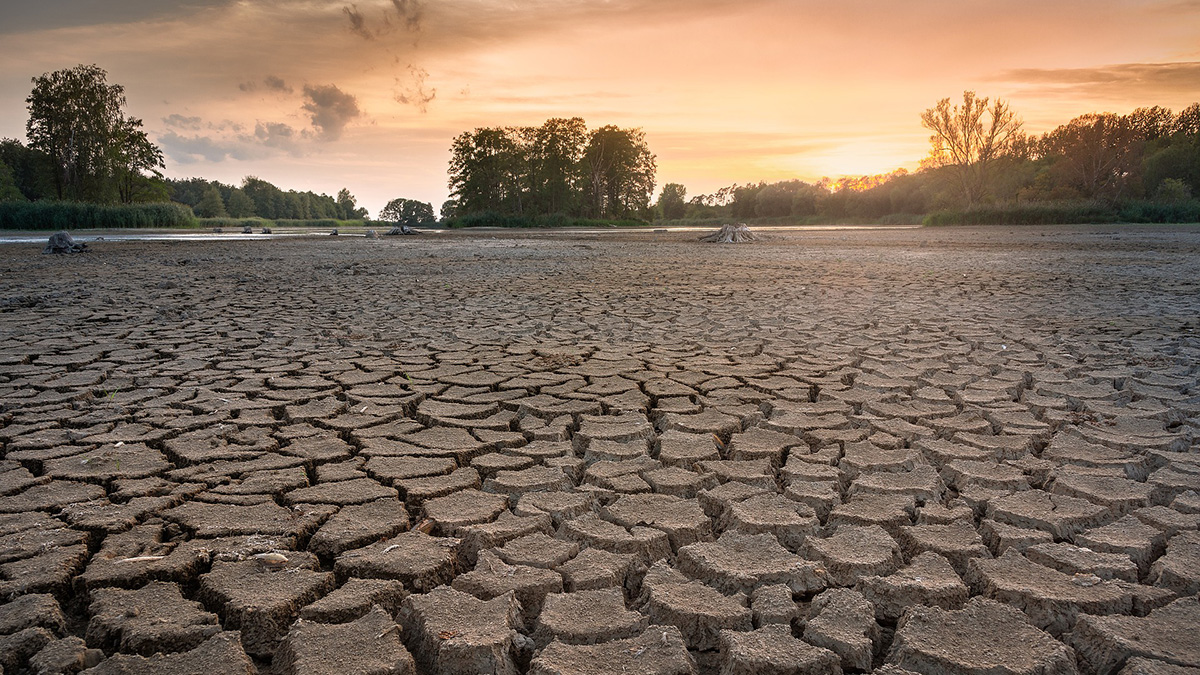Wildfires that wreaked havoc on California in 2020 filled the atmosphere with a potent greenhouse gas.
Earth science
Mounds of Ancient Ocean Floor May Be Hiding Deep in Earth
A mysterious seismic feature at the bottom of Earth’s mantle is more widespread than previously thought.
Forecasting Earthquake-Induced Floods
Surface-rupturing earthquakes can abruptly reroute rivers when fault scarps function like dams. Researchers have now successfully modeled such an event that occurred in New Zealand.
Earth Is Noisy. Why Should Its Data Be Silent?
Combining visual and sonic representations of data can make science more accessible and help reveal subtle details. The recent decade-long eruption of Hawaii’s Kīlauea Volcano offers a prime example.
Supersized Potholes Discovered off South African Coast
Curious circular pits off South Africa’s Eastern Cape coast are larger than any similar feature previously recorded. Their origin remains a morphological mystery.
Flash Droughts Are Getting Flashier
Warming temperatures and less rain are causing flash droughts to develop more quickly and strike more often.
Ancient Victims of Vesuvius May Have Baked in a Cloud of Ash
Debate still swirls around what killed ancient Romans during the 79 CE eruption. A study of wood charred by the event suggests a brief, but searing, flow of volcanic gas and debris.
Are Low-Frequency Earthquakes Just Slow Slip?
Tests of seismic attenuation show fluid saturation and high pressure near a seismic source reduce high-frequency content, challenging the idea of slow slip as the cause of low-frequency earthquakes.
Climate Change Is Drying Out Earth’s Soils
Earth’s land is drying as it warms, but it is not clear how dry is too dry.
Concientizando sobre los riesgos a las faldas de uno de los volcanes más peligrosos del mundo
A la sombra de una erupción letal en el 2021, estudiantes en Goma, República Democrática del Congo, están aprendiendo sobre futuros riesgos.










